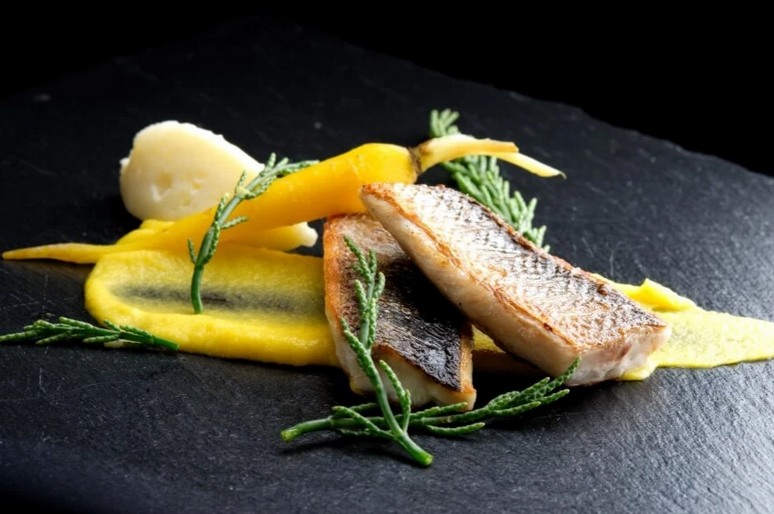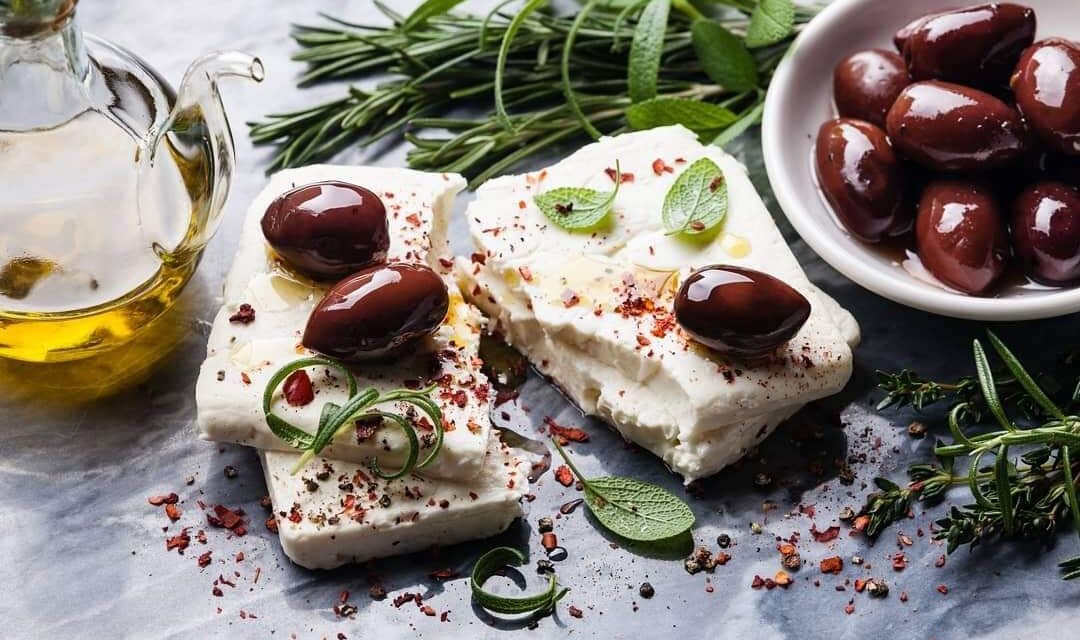Greek cuisine is a unique mosaic of flavors shaped by various influences over the centuries. Regarded as one of the healthiest diets in the world, Greek cuisine is defined by the country’s geography, tradition, everyday life, religious beliefs, and cultural identity.
Along with Italy, Morocco, Spain, Portugal, Cyprus and Croatia, Greece follows the nutritional pattern of the Mediterranean diet, which is inscribed by UNESCO in the Representative List of the Intangible Cultural Heritage of Humanity.
Mediterranean diet involves a set of skills, knowledge, rituals, symbols and traditions concerning the processing, cooking, and particularly the sharing of food. Eating together is the foundation of the cultural identity throughout the Mediterranean basin, where the value of hospitality is strongly emphasized.
Boasting healthy choices packed with flavor and diverse, high-quality ingredients, Greek culinary tradition holds a significant place across the globe. Its philosophy is based on fresh ingredients of high nutritional value, the use of herbs, and spices, and, of course, the world-renowned Greek olive oil. It has established itself, as a diet that is associated with longevity and modern lifestyle needs, plus, it’s delicious and easy to follow.

In ancient times, grains, usually accompanied by fruits, vegetables and legumes, were the basis of the diet of the ancient Greeks. The consumption of meat and fish depended on the economic status of the family, but also on whether they lived in the city, in the countryside, or near the sea. Greeks also consumed dairy products, particularly cheese.
Butter was known, but olive oil, which was considered healthier, was mostly used instead. Food was accompanied by wine (red, white or rosé) mixed with water. Historical evidence, plays by Aristophanes and various artistic depictions on ceramic vessels and terracotta figurines reveal information about the eating habits of the ancient Greeks.
Byzantine cuisine was essentially a fusion of elements of ancient Greek and Roman gastronomy.
Constantinople, a bustling city of as many as 1,000,000 inhabitants was the center of the domestic and foreign trade of Byzantium. Grain, wine, salt, meat, cheese, vegetables and fruits flowed from the provinces into its markets. Byzantine cuisine benefited from the central geographic location of Constantinople, which was a world center of the spice trade. Exotic spices and lavish foods, such as black caviar, also were imported. Bread and fish also played an important role in the Byzantine diet.

Greek cuisine was significantly enriched during the period of the Ottoman occupation. Some of the most popular dishes and desserts, such as imam baildi ( eggplant stuffed with onion, garlic, and tomato) and baklavá (sweet with nuts between thin leaves, soaked in honey syrup) trace their origins at that time. Wine, often served with honey or spices, was also very popular.
The influence of the Venetian rule in Greece (Ionian Islands, Dodecanese, Crete) also played its part. The Venetians introduced cured meats made from rare breeds of local animals.
The first major change occurred in the 19th century when an urban middle class of merchants and clerks with access to the European world began to emerge in the fledgling Greek state that had become independent from the Ottoman Empire and aspired to a more sophisticated life.
People began to travel, and hotels in larger cities had to provide Western dishes to visitors who considered Greek food “heavy”.

In this new society, the idea grew that “Western”, which at the time meant French, sounded better. If a dish was French, it was by definition tastier, healthier and certainly more socially acceptable. This movement was consolidated in the early twentieth century thanks to Nikolaos Tselementés, a young cook with a bourgeois background who went to Vienna to serve a three-year apprenticeship before moving to the United States, where, for several years, he worked in some of the best restaurants of the time.
Upon his return to Athens, he actively devoted himself to the spread of French cuisine, first through a monthly magazine and then through his famous cookbook still in publication today. Throughout the twentieth century, this cookbook was the kitchen bible of every bourgeois housewife.
The fundamental difference between French cuisine and Greek home cooking at the time was complexity versus simplicity. The use of sauces was actually what made the difference in this respect. Ingredients such as butter and cream were introduced. Simple grilled meat or fish, when served with a sauce, became more “foreign” and elegant. One sauce in particular, béchamel, would also drastically change everyday Greek dishes.
Thessaloniki, a vibrant city with a population of Greek, Jewish, Turkish and Bulgarian communities greatly influenced the country’s gastronomy. Their cuisines influenced each other, with herbs, spices and other ingredients shared, resulting in new dishes.

Meat in the north was also more plentiful and of better quality, with pork preferred rather than lamb, as was the case in the south. Popular dishes in the North include flavors of the Pontian cuisine with iconic dishes such as sorvá (hearty semolina and yogurt soup), piroskí and pissía (small buns with generous fillings), honoring lost homelands.
The arrival of over a million refugees from Asia Minor in 1922 and later from Constantinople, also enhanced the country’s culinary tradition with herbs and spices, meatballs, pilaf, and dolmades.
Rural people cooked simple Greek peasant dishes with some variation in the use of spices. Cumin, for example, was first introduced to Greece at that time. What is unusual in Greece is that most of the old daily dishes have survived (with very few changes) in the kitchens of today’s homes and taverns. At least three out of ten Greeks will tell you that their favorite dish is fassoláda, a soup made with dried beans, onions, carrots, celery, parsley, tomato, and olive oil.
Nowadays, several talented chefs in prominent restaurants in Athens, Thessaloniki, and the islands have created some truly inspiring new dishes, often experimenting with sophisticated culinary techniques to create a different version of traditional recipes.
Recently, young people who have returned to the countryside have discovered varieties of fruits and vegetables as well as traditional organic production methods. Small family farms are flourishing once again, and products that had disappeared from the market are back on the shelves, creating new trends in the culinary market.
D.T. (Based on the original article in Punto Grecia; Photos ©Visit Greece)














